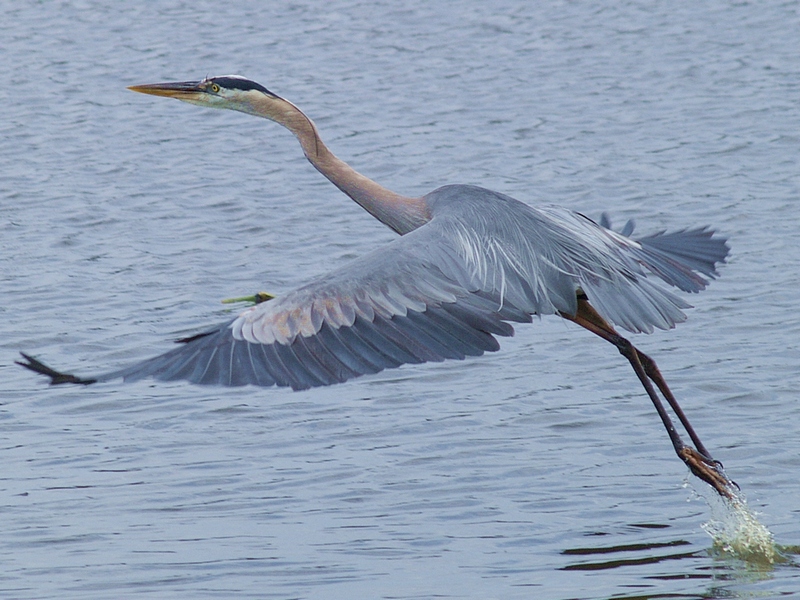
The Photographic Community for Users of Olympus micro 4/3 digital cameras and E-series DSLRs
| Home | Login |
Search
Forum
Actions
New Document
New Folder
List Folders
List Documents
List Groups
List Users
Camera resources
Olympus 4000
Olympus 4040
Olympus 5050
Olympus 5060
Olympus 7070
Olympus 8080
Olympus E-M1 II
Olympus E-M5
Olympus E-P1
Olympus E-P2
Olympus E-PL1
Olympus E-PL3
Olympus E1
Olympus E3
Olympus E30
Olympus E300
Olympus E330
Olympus E400
Olympus E410
Olympus E420
Olympus E500
Olympus E510
Olympus E520
Olympus E620
m4/3 lenses
Camera FAQs
Terms of Service
Photo contest
Submissions page
Hall of fame
Folders
About this site
Documents
Polls
Private folders
Public folders
Categories
Abstract
Action/Motion
Animal
Architecture
Candid/Snapshot
Cities/Urban
Documentation
Fashion/Glamour
Historical
Landscape
Macro
Miscellaneous
Nature
Night/Low light
People
Polls
Sand and Sea
Sky
Tourist/Travel
Contact Us
Great Blue Heron - 9

Copyright ©2007, Leon Plympton
Viewed times
Another day at Paynes Prairie ...
It was overcast and quite gusty but all and all, not a bad day. I kept getting closer and closer to this GBH, until finally it had enough of me and took to its wings ...
| Photographer: | Leon Plympton |
|---|---|
| Folder: | Common area |
| Uploaded: | 21-Apr-2007 23:11 CEST |
| Current Rating: | 7.50/2 View all ratings Delete my rating |
| Model release available: | |
| Camera: | Olympus E1 |
| Exposure time: | 1/1000 |
| Aperture: | f-5.6 |
| Focal length: | 150 (300) mm |
| Lens: | |
| Focusing method: | Spot |
| ISO: | 200 |
| White balance: | Auto |
| Flash: | no |
| Image format: | SHQ |
| Processing applied: | Cropped and re-sized |
| Various: | |
| Image resized to: | 600x800 |
NO SUBJECT
I like this one the most in this series of yours specially because of the timing to take off and the water trail behind his legs,Good Shot.
Regards
SSAN
syed noman at 01:21 CEST on 22-Apr-2007 [Reply]
NO SUBJECT
Hi Leon. Exelent shot, with good timing. I thought that it would make a good B&W, lifting the GBH from the background, so I captured and converted it by getting the Blue chan, converting it to Gray, then using curves to increase the contrast. It worked to a point, but the resolution it too low to do it justice. TIY. Mike
Mike Babson at 12:09 CEST on 22-Apr-2007 [Reply]
Great Blue Heron - 9
G'Day Syed:
Thanks once again for you kind words. Getting to know the birds' behaviors is most helpful in capturing shots like this. As I approached the outer limit of its comfort zone I made sure that I (read that: my camera) was ready. By the time it was about to launch I had the camera up to my face and continued to take baby steps in its direction - knowing it wouldn't be long before takeoff. Once the bird launches I'm no longer walking. At this point I'm doing my best to keep the camera's three auto-focus sensors on the bird so I don't lose focus. If/when the auto-focus begins to search it's game over.
-Ciao!
Leon Plympton at 12:31 CEST on 22-Apr-2007 [Reply]
Great Blue Heron - 9
G'Day Mike:
Thanks for the kind words. Yes; it was a low-contrast day - quite overcast and the wind was quite blustery, which made it rather difficult to keep the auto-focus sensors on the bird. As for the resolution, I'm hoping the E-1 replacement will remedy this.
I wanted to fill the frame as best I could from wing-tip to wing-tip. To do so I initially cropped the photo-file (1600 by 1200), then re-sized it to its current proportions.
-Ciao!
Leon Plympton at 12:40 CEST on 22-Apr-2007 [Reply]
Great Blue Heron - 9
G'Day Shelley:
Thank you so very much for your assessment. I agree; there is something about the launch that gets the adrenaline flowing. By the time the bird horizontal and gliding they're on 'cruise-control' and there's very little excitement in that.
As for being patient - I can be sloth-like when need be ;-) However, this capture was more about knowing GBHs' behavior. At this location they are rather accustom to people being relatively close and not harming them. They tend to go about their business and just keep an eye on us stereoscopic color-vision bi-pedal hominids with opposing thumbs and hands filled with cameras, walking sticks and other implements.
It's only when we get too close that their internal alarm system goes berserk and they take to their wings. Even so, after they launch they generally fly only 50-100 meters before landing and beginning their quest for food once again. Conversely, at Newnans Lake (just a couple miles away) if you can get within 100 meters of a GBH they obviously haven't detected you yet.
As for the low contrast, you are quite correct. I have since dabbled with some post processing; the end result is that the GBH is slightly darker but this makes it stand out more against the background. Once again - thank you.
-leon
Leon Plympton at 12:33 CEST on 23-Apr-2007 [Reply]